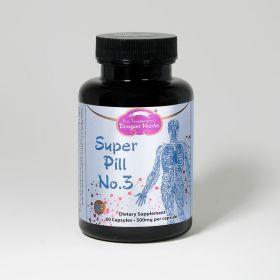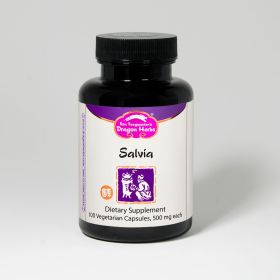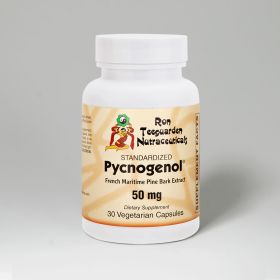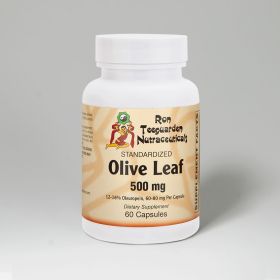Call Our Herbalists
Herbal Consultations
Blood Circulation Support
Blood circulation is as important as blood quality. It is critical that your blood reaches its target tissues – that is, every nook and cranny of the body. Your cells require nutrition and oxygen. Many chemical messengers and signaling molecules flow to their destinations in the blood, and they must reach their destination. Simultaneously, the cells are busy doing their jobs, and as a result they produce by-products, gases like CO2 and other waste. Many cells produce chemicals that must reach other cells to coordinate the actions and functions of the body in response to the environment, stress factors and natural cycles. These must be transported away from the cells and tissues largely via the blood.
Your blood circulation is based on a vast network of vessels, most of which are capillaries. It has been estimated b researchers at Harvard University that the human body has between 60,000 and 100,000 miles of microtubules. These tubules are physical entities that age, either well or not-so-well. They are damaged by free radicals, toxins, poor nutrition, chemical imbalance and poor circulation. Herbs, teas and food help protect our microtubules, improve their functioning and lengthen their lives. Here are some products that promote the well being of our micro-circulatory system.
Super Pill®No.3 - Ginsenoside Rg3, derived from probiotically fermented red Ginseng, has been shown to improve micro-tubule integrity. Tanshinone IIA, derived from Chinese red Salvia root has also been shown to improve micro-tubule integrity. These are in a base of a complete complement of ginsenosides, whole red ginseng, whole salvia root extract. This formula also contains premium Saffron flower from Tibet and Carthamus flower. All these herbs and their derivatives act together to tonify our micro-circulatory system.
Salvia - Red Salvia root from Chinese Salvia miltiorrhiza is the primary cardiovascular herb in the Chinese herbal system. It supports the vascular system in numerous ways. It protects the capillaries and engenders their sustained viability. Salvia contains phytochemicals such as the tanshinones that play a central role in this protective capability. More than 200 individual compounds have been isolated and characterized from Chinese red Salvia root, which exhibited various pharmacological activities targeting different pathways influencing vascular health in various animal and cell models. Salvia and its constituents have been shown to support healthy microvascular flow velocity in the liver.
Pycnogenol® - Pycnogenol® is a powerful antioxidant (free radical scavenger). It is the extract of French Maritime Pine Bar, produced in France. It contains 65-75% natural occurring procyanidins. It helps to maintain immune system balance, selectively binds to collagen and elastin, and it aid int eh production of endothelial nitric oxide which helps to relax (dilate) blood vessels. Pycnogenol® improves peripheral circulation, strengthens blood vessels, and helps maintain capillary activity. It improves periferal circulation by supporting venous sufficiency and supporting fluid circulation in the lower legs. By increasing vitamin C activity in capillary walls and strengtening collage (intracellular “cement”), Pycnogenol supports capillary activity. It protects the collagen-rich connective tissue in artery walls.
Olive Leaf - Both blood and lymphatic capillaries are composed of a single layer of endothelial cells called a monolayer. Olive leaves contain high amounts of oleuropein, a polyphenol with unique attributes. The health-improving compounds found in Olive Leaf are some of the most powerful plant antioxidants known and are believed capable of preserving cells from free radical damage. Olive leaf been used for centuries to improve healthy longevity and provide a broad range of compounds protective for the heart, microcirculation and neurological systems. Oleuropein and other compounds in olive leaf reduce oxidative stress in capillaries, preserving function under stress. Oleuropein has been shown to protect the endothelial cells that make up our capillaries.




